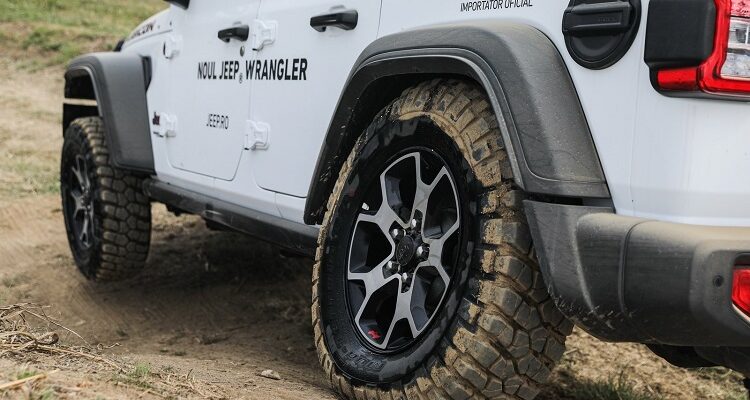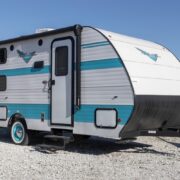Table of Contents
At what speed should I go?
Speed and power are not necessary in case of demanding off-road driving. In 4WD reduction mode, low gears and low speed of Jeep 4 × 4 vehicles at idle speed will generally overcome obstacles. On many occasions, with manual transmissions, releasing the clutch slowly and allowing the vehicle to slowly move over obstacles with the lowest gear is the best. In fact, on the Rubicon Trail the average speed is 1 to 5 miles per hour (1.6 – 8 km / h).
What do I do when going up and down slopes?
When climbing or descending slopes, it is also important to know what is on the other side before climbing. Suspension kits should be fine and work well. At the base of the slope, more power should be applied. The power must be increased when approaching the top and before passing the ridge. If you stop on the ascent, it is better to go straight back downhill in reverse. In descents, you must always use the shortest gear with a manual transmission. When descending a hill with the gearbox, do not disengage the clutch and let the vehicle slide. The gears and the engine brake should be allowed to slow down, using the brakes only to precisely adjust the speed. If the vehicle is equipped with an automatic transmission, use the gearbox and the slowest driving setting. Never place sideways on a steep slope, since this can make the vehicle unstable. Off-road driving can be a real challenge. Remember, go as slow as possible. Use common sense with security as the main concern.
when attacking rocks and other obstacles?
You have to move slowly. Use a low gear and 4WD gearbox, and just let the vehicle move slowly and idle (with the minimum acceleration necessary) when you pass over obstacles such as rocks or logs. Maneuver the tires on the rocks and move slowly. If you touch something, don’t panic. The protective plates and footrests of your Jeep 4 × 4 vehicles (this equipment varies according to the type of Jeep 4 × 4 vehicle and the packs purchased) will be the ones that take the worst part. Lowering the tire pressure by 3-5 pounds (1.3-2.2 kg) improves traction and helps avoid tire punctures (the pressure rises again after use in these conditions). Remember, the ideal speed to pass rocks is 1 – 3 miles per hour (1 – 4.8 km / h).
How should I behave on the routes?
Always try to leave the route better than you found it. Respect the directions, stay on the track and use the recreational areas allowed. Use your good judgment to protect the beauty and loneliness of the area. And if the terrain looks especially fragile, take an alternative route.
To travel more safely and be prepared to drive in rough weather condition we leave you these simple tips:
Before leaving, clean the windows, rear window and windshield, and make sure all lights are working properly.
Adjust the height of the headlights and clean them. It is better to use New LED lights for truck in a off road journey.
If the fog is intense, warn of the situation at the destination and warns of a possible delay, avoid traveling in a hurry.
Circulate with the low beam . Foggy, front and rear, only when visibility is less than 100 meters. When visibility is restored, turn off the fog immediately.
Do not activate the long lights, dense fog, producing a mirror effect, could dazzle you.
Use the windshield wiper intermittently to remove moisture caused by fog on the glass.
If fog forms inside the vehicle, remove it by directing the ventilation towards the windows. If it is not enough, open the windows slightly.
Maintain a moderate speed and a wide safety distance with the preceding vehicle. Calculate that if you had to stop or make an emergency maneuver you should do so within the distance in which you can see clearly. If, for example, visibility is 50 meters, drive at 50 km / maintaining a distance of 50 meters with the vehicle that precedes you.
On the highway or highway, always drive on the right lane and avoid overtaking.
If the fog is very dense, take the white continuous line on the right of the road as a reference.
Do not rely on following the path of the vehicle that precedes you, if you make a mistake or get distracted you could hit it.
Use the brake smoothly to prevent the wheels from locking. If you do it earlier than usual and intermittently, it will be a way to notify the vehicle behind you of your presence.
Try to drive in silence, without the audio equipment activated. The ear can help you hear the presence of a vehicle. At crossings, for example, lower the windows and try to tune the ear.
In a situation of zero visibility, look for a safe place to stop until the fog disappears.
If you had any incident and did not find a protected place to stop, do it as close as possible to the right shoulder and turn on the emergency flashers.
If you need to leave the vehicle, keep the emergency flashers activated, notify by phone and put on warm clothes with reflective material.








Comments